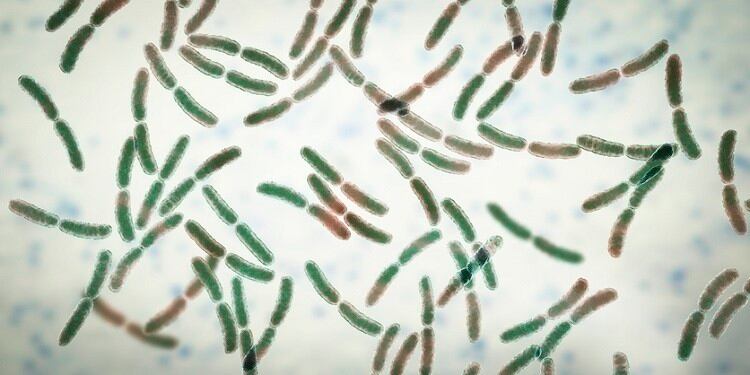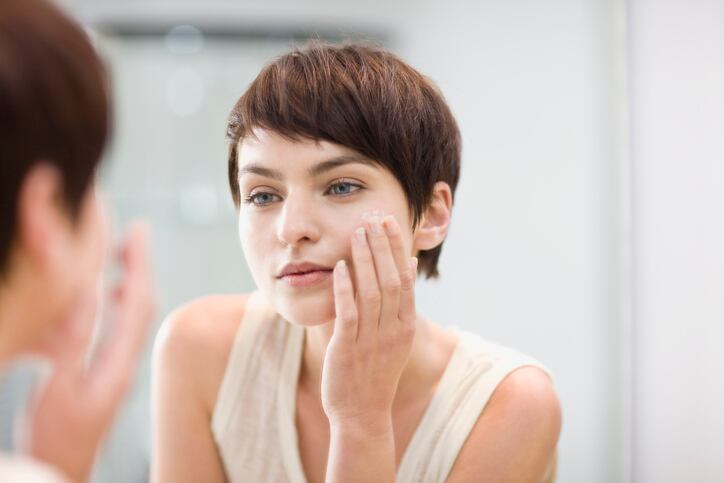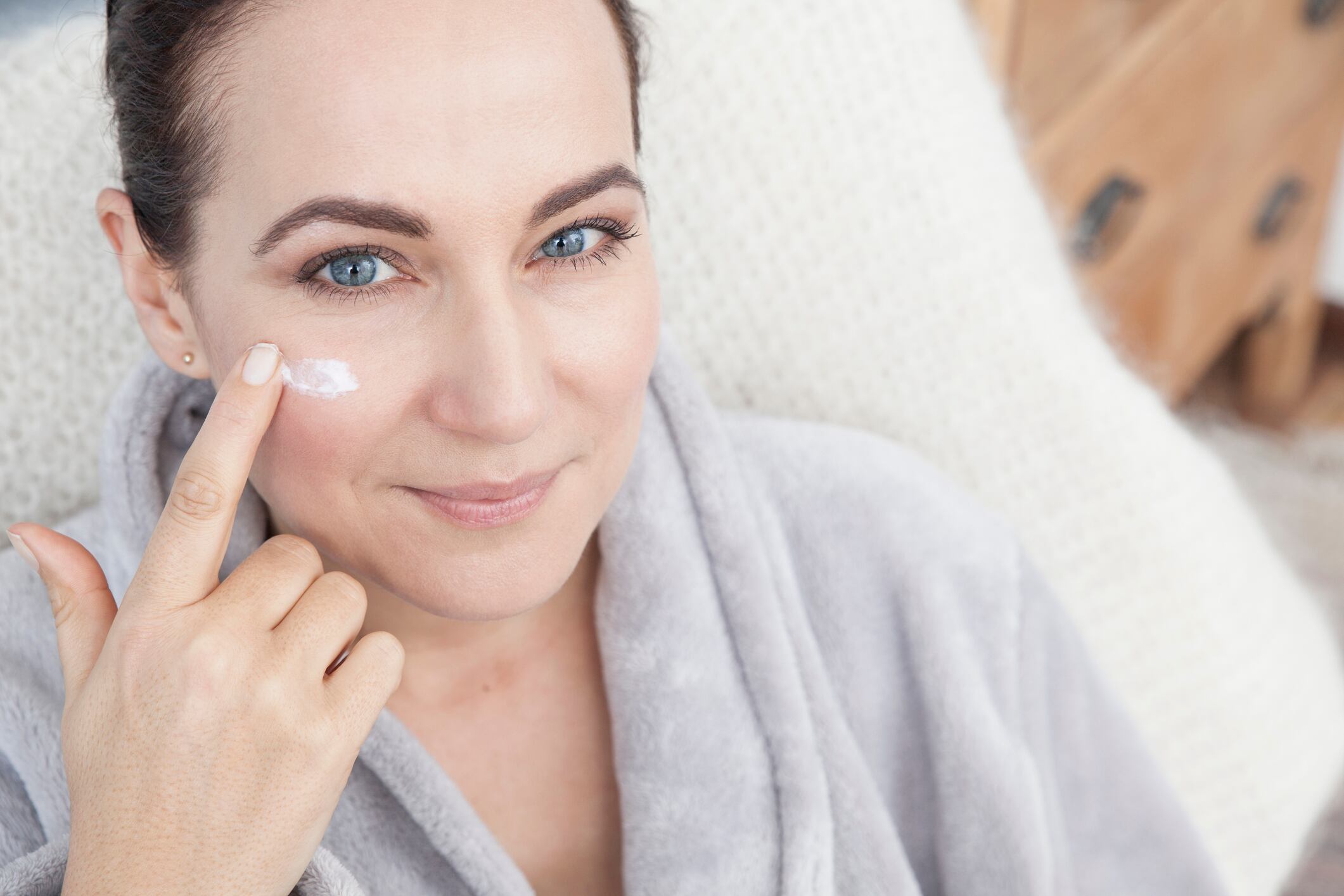Writing in the Journal of the European Academy of Dermatology & Venereology (JEADV), researchers from L’Oréal’s La Roche-Posay dermatology lab, alongside an independent dermatologist from Bordeaux, conducted a review into the relationship between the skin microbiome and wound healing. Specifically, the review, funded by La Roche-Posay, considered how influencing the skin microbiome could improve or hinder the wound healing process and why.
The skin microbiome and wounds
Findings suggested that targeting the skin microbiome could present an “essential part of wound healing management”.
“Although cutaneous wounds are a potential entry site for infection, the wound microbiome can have either a detrimental or a beneficial role on wound healing,” the researchers wrote.
Recent advances had enabled better characterisation of the relationship between wound healing and the skin microbiome, they said, identifying interactions between different species within the microbial environment. In cases where these interactions modified bacterial behaviour, virulence and delayed wound healing could be triggered, for example. But with a balanced, “diversified” microbiome, limiting the proliferation of pathogens, lowering risk of infection, prolonged inflammation and wound chronicity, “optimal wound healing” could be achieved, they said.
“As a diversified microbiome participates to skin homeostatis and wound healing, interventions that restore a balanced microbiome by maintaining a commensal action of microorganisms in the wound bed and decreasing pathogens colonisation should be beneficial in wound healing,” the researchers wrote.
“…Because of the complexity and the dynamics of the cutaneous wound healing process, the development of combination treatments – targeting both the host and the microbiome – is necessary,” they said.
Prebiotics, probiotics, postbiotics and phages
The review highlighted several in vitro studies that had shown “various beneficial actions” probiotics could have on wounds, notably by inhibiting pathogens and the formation of biofilms, mitigating the risk of infection and accelerating wound healing.
“It seems that probiotics primarily affect the phase of inflammation, which plays a significant role in wound healing impairment,” the researchers wrote. And whilst the mechanisms of action by which probiotics could induce an antimicrobial effect had not yet been fully elucidated, they were “likely multifactorial”, they said.
For pre- and postbiotics, the few in vivo studies conducted in rats showed some promise for using postbiotics to accelerate wound healing. Promise had also been seen for both ingredients in modulating inflammatory skin diseases associated with a dysbiosis, including atopic dermatitis, “paving the way for the development of potential wound healing strategies”, the researchers said.
Beyond pro-, pre- and postbiotics, the team said phage-directed therapies, monoclonal antibodies targeting pathogens and engineering of commensals to express molecules of benefits offered other microbiome-based therapeutic approaches to wound healing.
“A promising option for non-antibiotic antimicrobial treatment is the use of bacteriophages. Bacteriophages are viruses that infect and replicate within bacteria but do not replicate in eukaryotic cells and are therefore safe for human use.”
L’Oréal’s chief microbiome scientist highlighted the promise of phages at last year’s IFSCC Congress in London, UK, alongside excitement for use of live bacteria or probiotics.
‘Vast potential’ for skin microbiome target
The review noted that although the manipulation of the skin microbiome for wound healing remained “barely explored”, results both in vitro and in vivo highlighted its “vast potential”.
Influencing the skin microbiome clearly offered promise in influencing wound healing, they said, as well as skin diseases associated with dysbiosis, ultimately paving the way for “new therapeutic strategies”.
Importantly, advances in this field could offer an alternative to prolonged use and application of antibiotics – increasingly relevant given rising concerns around antibiotic resistance, they said.
Moving forward, however, it would be important further research was conducted to better understand the interactions between the skin microbiome and the host during wound healing, the researchers said.
Source: Journal of the European Academy of Dermatology & Venereology (JEADV)
Published online on January 12, 2023, ahead of print. Doi: 10.1111/jdv.18854
Title: “Wound healing and microbiome, an unexpected relationship”
Authors: L. Canchy, D. Kerob, A. Dermessant and JM. Amici




